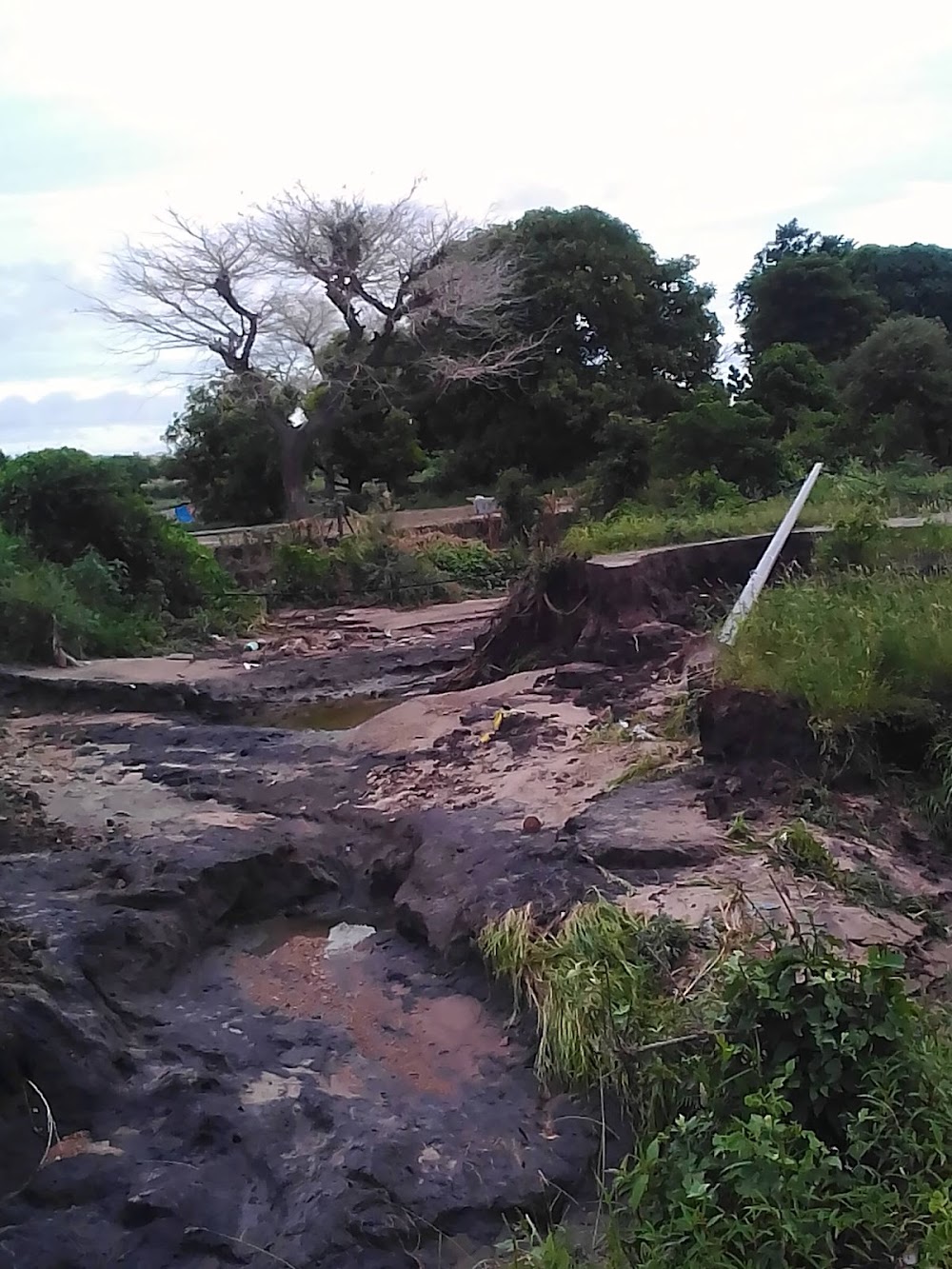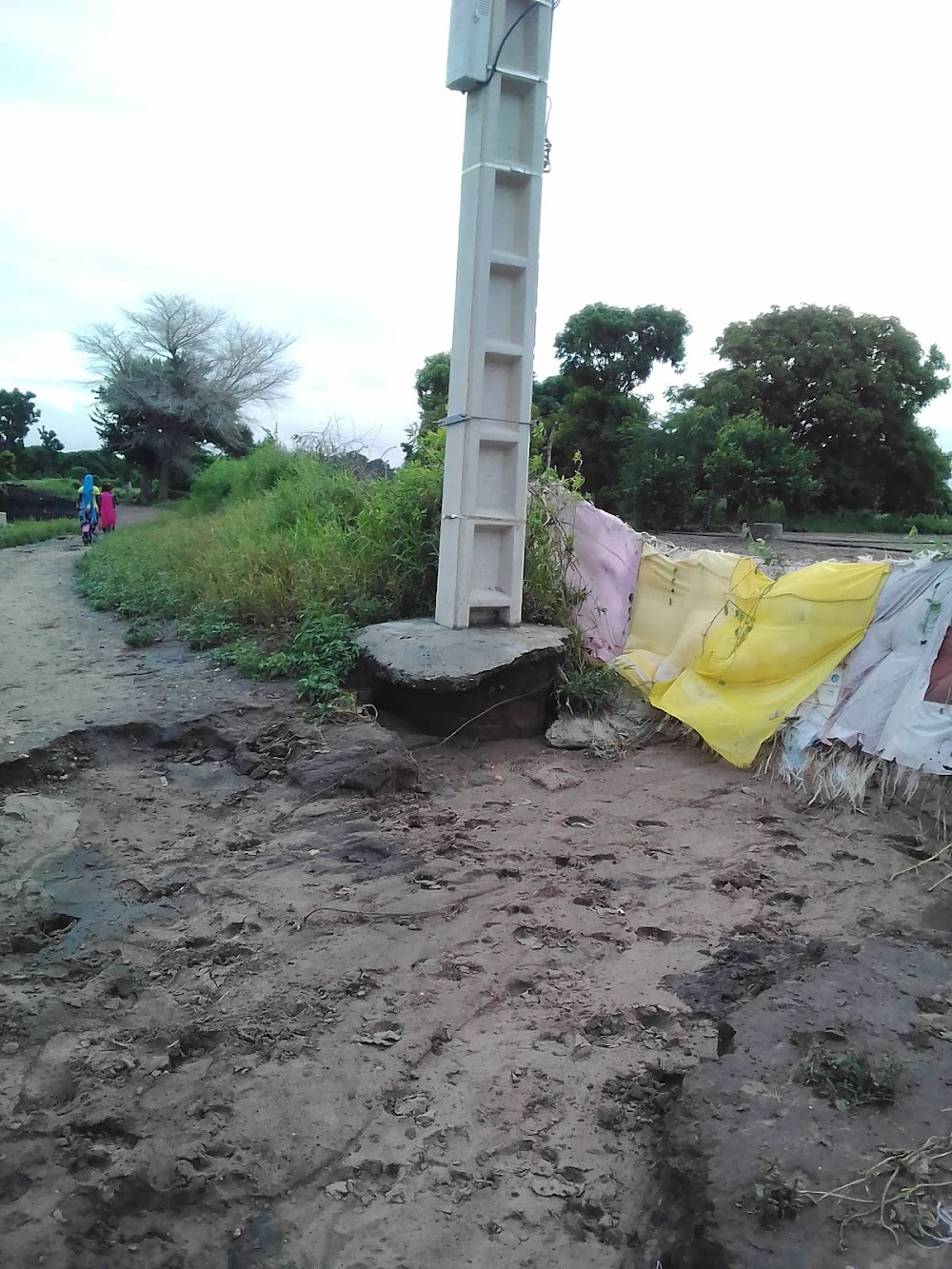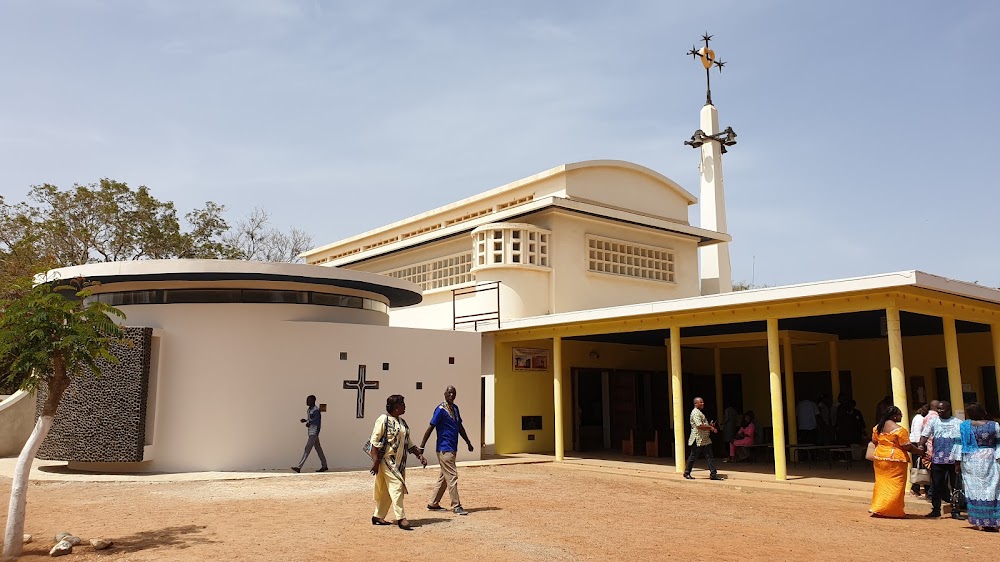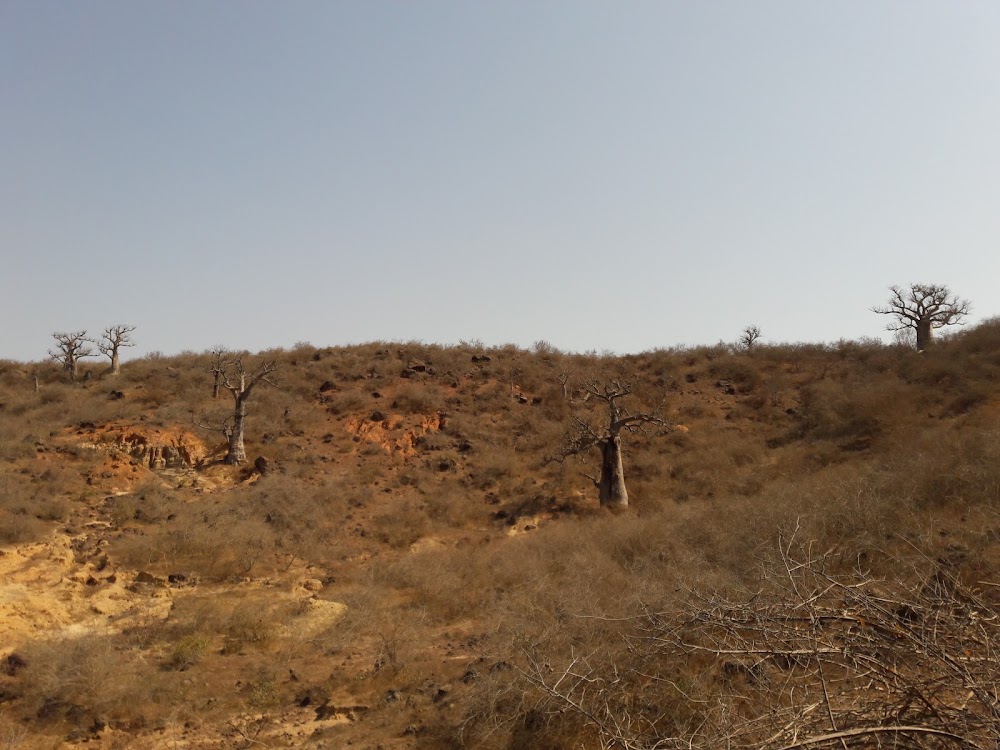Mont Rolland (Mont Rolland)
Overview
Mont Rolland is a captivating community nestled in the Thiès Region of Senegal, perched on an elevated area that offers breathtaking panoramic views of the surrounding landscape. Established in the early 20th century, this picturesque village is steeped in rich history and tradition.
The Vision of Father Louis Rolland
The story of Mont Rolland begins with Catholic missionary Father Louis Rolland, who arrived in Senegal with a vision of creating a settlement that would harmoniously blend spiritual growth with communal prosperity. He selected this elevated site for its strategic advantages, including excellent air quality, a cooler climate compared to the lowlands, and natural defensibility. As word spread about the opportunities for a better life, more settlers were drawn to the area, fostering a strong sense of community.
Building a Community
The early years of Mont Rolland were marked by collective effort, as residents worked together to construct homes and vital infrastructure using locally sourced materials like mud bricks, thatch, and wood. Essential facilities, including a church, school, and small clinic, were established to support the growing population. A nearby spring served as the main water source, with hand-dug canals channeling water to the village. Over the years, Mont Rolland expanded and modernized while retaining its original charm.
The St. Louis de Mont Rolland Church
A prominent historical landmark in the region, the church of St. Louis de Mont Rolland was primarily built through the generosity and hard work of community members. Its architecture beautifully reflects a blend of traditional Senegalese and European influences, featuring intricate stained glass windows and a steeple that rises prominently against the skyline. Beyond its role as a place of worship, the church serves as a social hub for community events and gatherings.
A Commitment to Education
Father Rolland recognized the vital importance of education for the community’s future. He oversaw the construction of the Mont Rolland School, which began as a simple structure with a few classrooms. Over time, it has expanded to accommodate a greater number of students and now enjoys a strong reputation for providing quality education, serving as a model for rural schools throughout Senegal.
Agriculture and Community Cooperation
Agriculture is a cornerstone of life in Mont Rolland, thanks to the fertile land that supports a variety of crops, including millet, maize, and vegetables. Livestock farming is also prevalent, with the community operating a cooperative system that ensures resources and produce are shared to meet everyone's needs. This collaborative spirit is essential for the overall well-being of the residents.
Embracing Small-Scale Tourism
In recent years, Mont Rolland has opened its doors to small-scale tourism, inviting visitors to immerse themselves in its rich cultural heritage and stunning natural beauty. Homestays provide tourists with the opportunity to live with local families and engage in daily activities, fostering cultural exchange and understanding while generating additional income for residents.
Modernization and Improved Infrastructure
Modern advancements have not passed Mont Rolland by. The community has benefited from enhanced amenities such as electricity and improved water supply, thanks to various government and non-governmental initiatives focused on rural development. Improved roads have made access to the nearby city of Thiès easier, strengthening economic ties and opportunities.
Preserving Tradition through Festivals
Despite the progress, Mont Rolland holds steadfast to its traditions. Festivals and ceremonies remain integral to community life, with events like the annual harvest festival bringing residents together to celebrate with music, dance, and feasting. These gatherings play a crucial role in preserving the community's cultural identity and fortifying social bonds.
Mont Rolland stands as a testament to the enduring spirit of community and cooperation. From its humble beginnings as a missionary settlement to its current status as a thriving village, it beautifully encapsulates the essence of blending tradition with progress.






